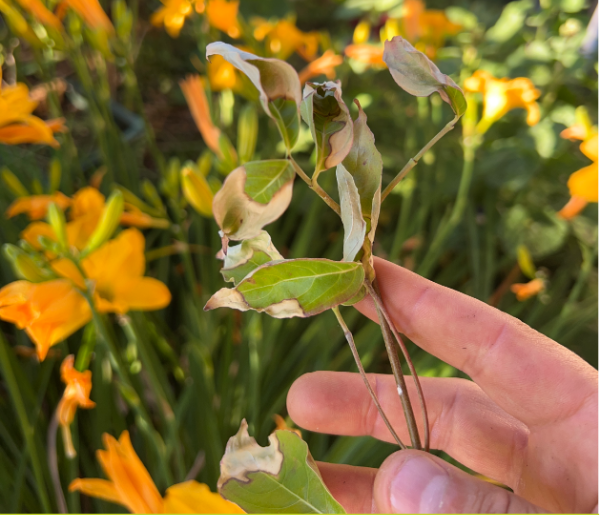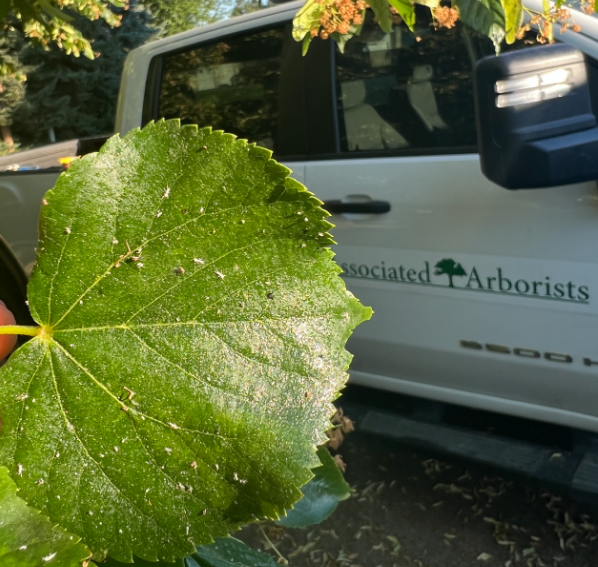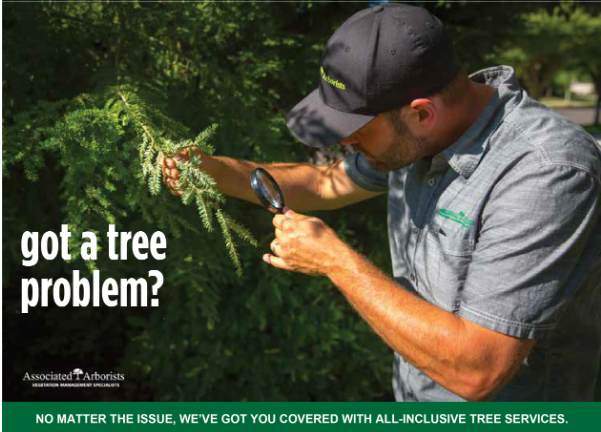Summer Tree Stress & Pests
by rtadmin | Jun 12, 2023 | Blog

EXPERT TREE SERVICE IN THE PACIFIC NORTHWEST SINCE 1996
Be Aware of Tree Stress and Pests this Summer
15% OFF PLANT HEALTH CARE & 10% OFF PRUNING
*not to be used with any other promo
Recognizing the signs of tree stress and the importance of a proper diagnosis
Paying close attention to your trees in the hot summer months can prevent immediate and chronic stress damage. Do your trees show these signs of stress?
- Scorched leaves caused by excessive heat and when the tree’s roots are unable to obtain
sufficient water to supply the top of the plant - Canopy Dieback includes sparse foliage and many dead branches
- Leaf Drop during the wrong season
- Early Fall Colors
- Spotted Leaves caused by tree fungus
- Wilting Brown Leaves happen in newly transplanted trees
In most situations, insufficient water, lack of nutrients, and herbicide damage are the root cause of tree stress, but unfortunately, these symptoms can look similar. To play it safe, schedule a consultation with us for an accurate diagnosis.

Tree Pests and diseases common in the Pacific Northwest
Birch bronze borers are wiping out white birch trees in our community and have become a large problem for many of our customers. But these nuisances aren’t the only pests plaguing trees in our area. Be wary of signs that these bugs have invaded your landscaping.
- Anthracnose – a fungal disease that causes leaves to brown and drops in middle to late summer
- Aphids – small insects suck sap from leaves and excrete a clear, sticky honeydew that can drop onto cars and anything under the tree
- Dutch Elm Disease – a fungus and is highly lethal to American and European elms
- Elm Leaf Beetle – feed on elm leaves, leaving lacy holes in the leaves and eventually causing leaf drop.
- Hawthorne Leaf Blight – manifests as small reddish-brown spots; the area between spots will yellow and the leaves will eventually fall off.
- Verticillium Wilt – a soil-dwelling fungus in stressed tress that causes leaves to brown and die
- Web Worm and Tent Caterpillar – Several species of caterpillar create a web or tent in the branches of trees and feed on the tree’s foliage
